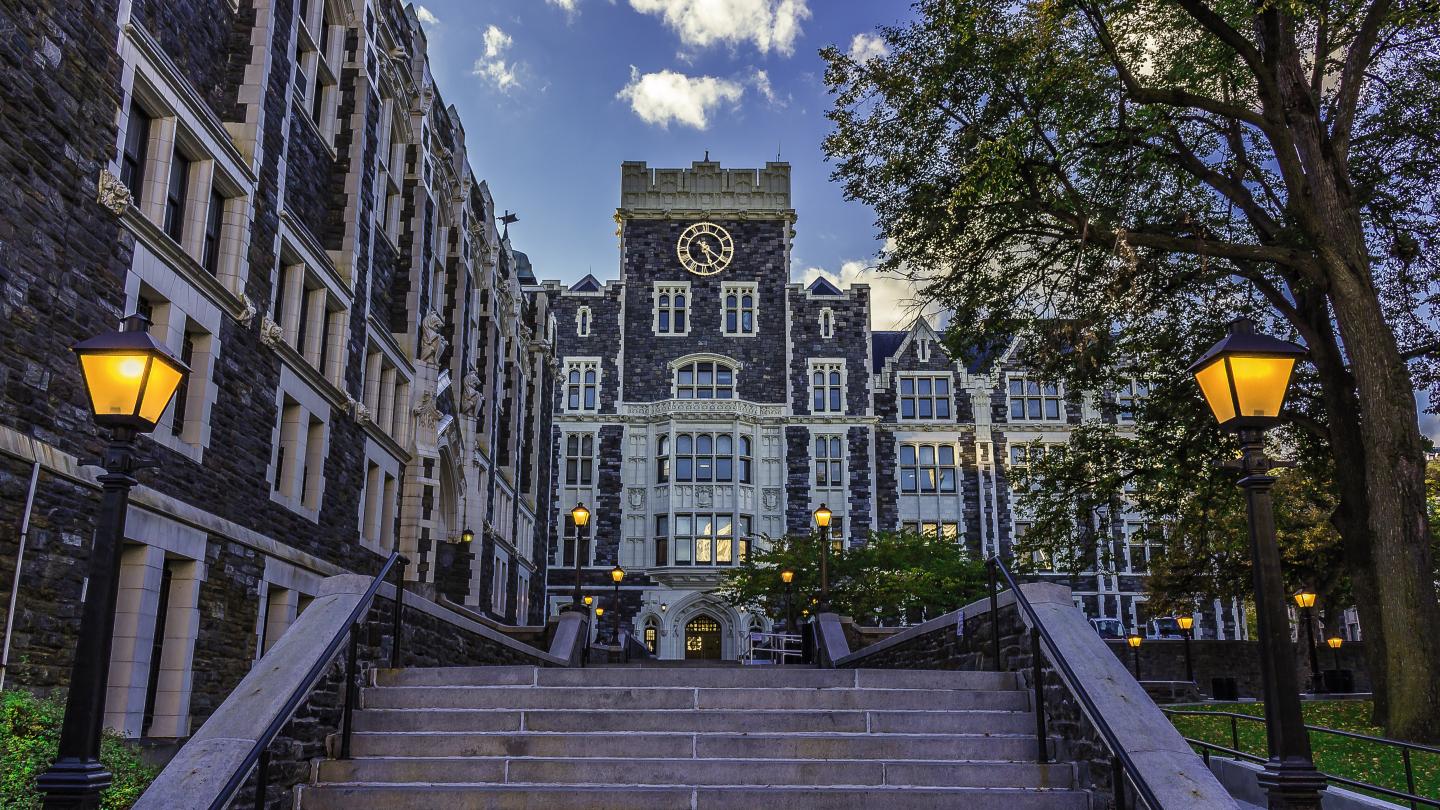CCNY is a Cornerstone of the Community
CCNY, an institution of higher learning spanning approximately 38 acres, is located in the middle of Harlem in NYC. Combined with the knowledge that Harlem is identified as an area for environmental justice, this leads to one conclusion: CCNY’s actions directly affect the greater Harlem community.
Projects, like installing solar panels on the roof of the North Academic Center (NAC) building, have been proposed to help both CCNY and the community in Harlem. Solar One and the Capstone Team provided the details below:
- 240 kilowatts per hour of energy could be provided per year.
- With another solar installation over the NAC parking lot, some of that generated energy could be provided to nearby residents, giving them a source of clean energy and creating an overall more resilient power grid.
- Opting for this energy source could save CCNY $40,000 per year (nearly one million dollars in lifetime savings) and make the college eligible for tax breaks.
- A monitoring system can be installed to both actively monitor the energy savings and be used as a teaching tool for students in the School of Engineering.

There is no Sustainability Plan for CCNY as of 2024.
This is not to say CCNY is not committed to sustainability. This is explored more in detail on “Sustainability Efforts.” But compared to other City Universities of New York (CUNY) schools — like Brooklyn College, Lehman College, and Hunter College — CCNY is far behind it’s CUNY sisters who have sustainability plans.
To rectify this, the Capstone Team analyzed three things: sustainability plans from other CUNYs and private colleges like Columbia University and Yale, case studies of sustainability at institutions of higher learning, and gauging CCNY’s campus community interest in sustainability issues. The plan is described below and in the outline.
They proposed a comprehensive sustainability plan for CCNY in the form of “sustainability pillars.” The main objectives uniting each pillar of the sustainability plan is as follows:
- Setting goals to reduce various consumption (e.g. waste, energy) on the CCNY campus.
- Ensuring that all improvements are consistent with achieving all sustainability goals.
- Engaging the entire campus body through sustainable goals, projects, and actions.
| Pillar #1: Responsible Materials Management |
| Pillar #2: Campus Energy |
| Pillar #3: Culture Change and Campus as a Living Laboratory |
| Pillar #4: Water Conservation |
| Pillar #5: Sustainable Transportation |
| Pillar #6: Responsible Design and Construction |
| Pillar #7: Campus Green Space |
| Pillar #8: Local Community Engagement |
The Need for Transparency
CCNY has been making strides towards publishing efforts pertaining to their sustainability status: many faculty were more than happy to provide relative status updates and CCNY’s upkeep of webpages describing their sustainability goals. But the efforts leave room for improvement: for instance, some of the links with official data don’t work.
With CCNY pledging to be more sustainable and the increasing push for more sustainable actions on campus, a more transparent policy is needed for overall success:
- Trackable data of the waste policies and energy consumption will improve the campus body being able to hold CCNY accountable.
- Greater transparency will allow the involvement of multiple groups of people who would otherwise be excluded.





